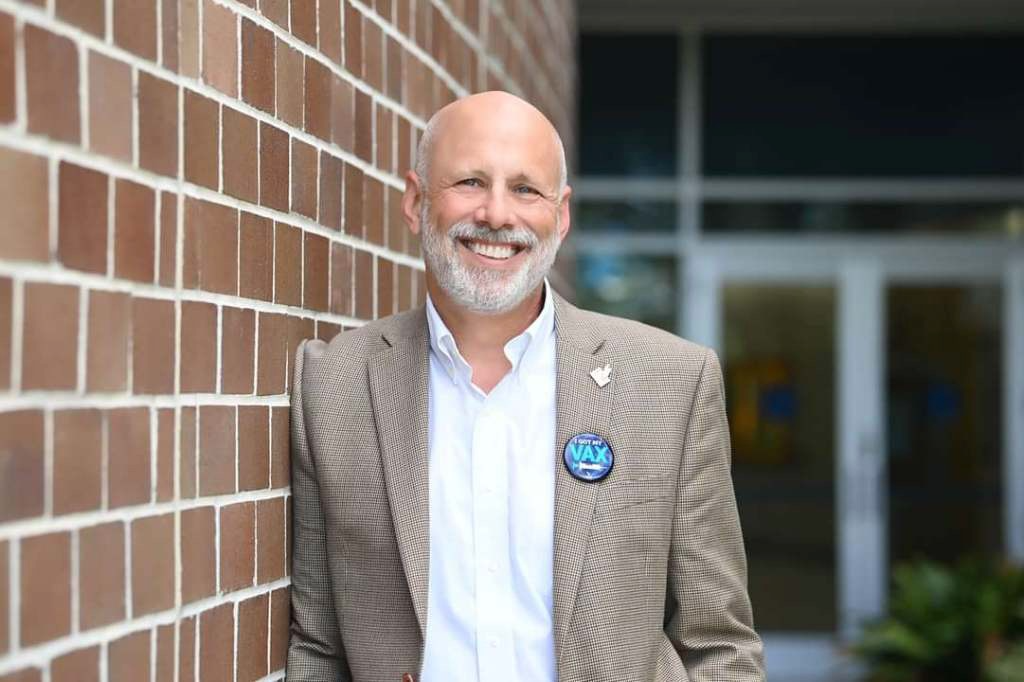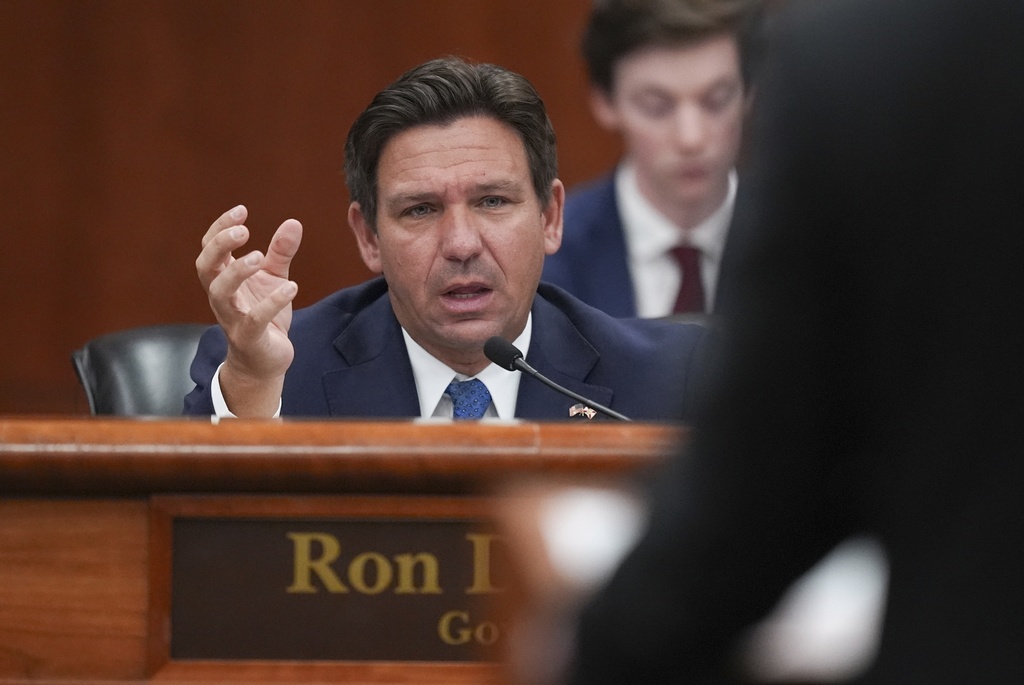
Paying for that four-year degree requires an economic plan that increases job opportunities after graduation.
With binders and teleprompters behind us, it’s time to examine how the next presidential term will impact you as a student.
As of Nov. 6, two things will remain exactly as they were the day before: We will have a Harvard graduate as president, and you will still have to pay for your degree from UNF.
Regardless of your party affiliation, these are many issues that the president and Congress will have to handle: one of them being the rapidly rising cost of education.
However, what rarely gets discussed that really needs to be understood is that the rise in student loans, and of government subsidization of these loans, colleges have been given the chance to keep raising tuition prices.
With more and more students wanting to go to college, the demand went up — and with it, the price. Since good ol’ Uncle Sam foots the bill for many, and low-rate student loans cover the rest, it has become possible for universities to have their tuition rates rise at alarming rate while still keeping their enrollment up.
In a regular market system, as the price went up, fewer people would purchase the product. Yet the demand for education has consistently been on the rise with no foreseeable end in sight. And with student loan programs becoming more and more generous, we’re likely to see tuition rates continue to do the same.
We’ve seen the same thing happen with oil. With no alternative to education, you’re stuck buying it at the rate you’re offered.
President Barack Obama finalized plans last week for his Pay As You Earn student loan payment option. The program would allow certain students who took out loans for the 2007-2013 academic years to limit their payments to federal student loans to 10 percent of their income for 20 years, with forgiveness once the 20-year mark is met.
Sounds great at first, I know.
However, the Wall Street Journal estimates this new program will cost the federal government more than $2 billion over the course of the next 10 years. Couple that with the fact that it enables tuition costs to continue to rise dramatically, and we have a checklist for disaster.
This is what makes Gov. Mitt Romney’s plan a better solution to the problem of the cost of higher education. His running mate’s budget plan may not be the most popular one of all time, with drastic cuts to education programs such as Pell Grants, but Rep. Paul Ryan’s plan begins to tackle the issue at large.
When institutions know they can rely on that money, they count on it and will charge whatever else they can get out of you. This plan puts a stop to free money just funneling down the pipeline.
Congress has urged Obama to cut down on funding to financial aid programs, but he’s refused to listen.
With the current deficit where it is, the nation simply can not afford it, and, in the end, students aren’t seeing the real benefit.
The truth is: College-educated people of our generation will be paying for that deficit for the foreseeable future.
I cannot advocate a plan that allows me to go to the Boathouse for a margarita a few times more now and forces me to pay for the rest of my working career.
Email Catherine Byerly at content@unfspinnaker.com.







